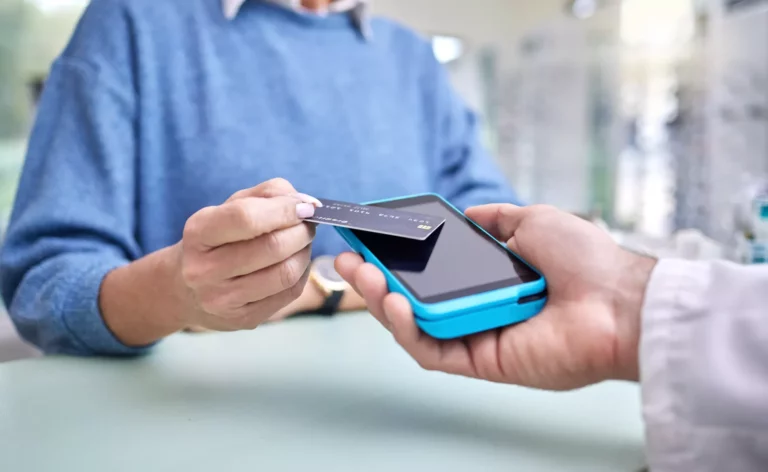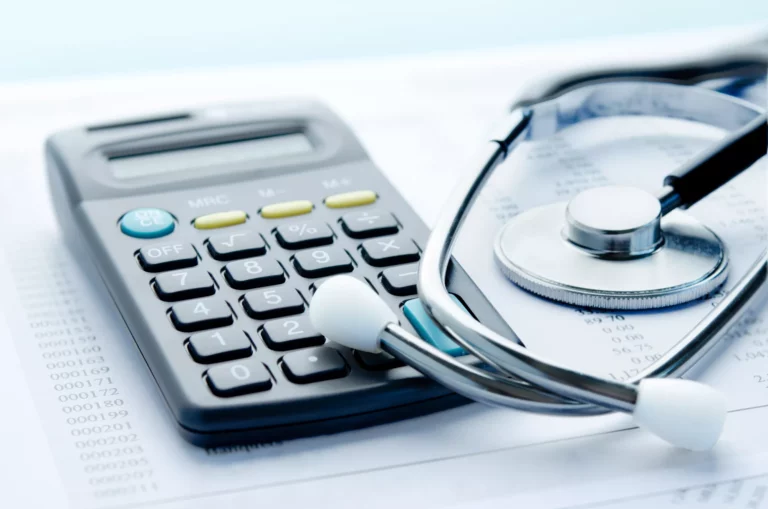Every healthcare provider can attest to the challenges of collecting patient payments.
The shift to self-pay healthcare has the potential to open doors for greater efficiency and better collection rates. Yet, many providers have not embraced the reality that an increasing percentage of their revenue is going to come from patients directly, and that the successful collection of this revenue will require increased efficiency.
With the changes in healthcare legislation, evolving consumer preferences, and the prevalence of a gig economy, self-pay is now a provider priority. How can they seamlessly adopt efficient self-pay strategies, keeping in mind both their practice’s bottom line and patients’ well-being?
Outsourcing may be the answer.
What Is Self-Pay in Healthcare?
Self-pay in healthcare refers to the patient’s responsibility to pay providers out-of-pocket for their medical care after the claims have been processed by insurance and a balance remains.
Patients are carrying an increasing level of financial responsibility for their care. In fact, self-pay in healthcare is expected to reach $800 billion by 2026. Why? The nature of health insurance is changing.
Almost 30 million Americans are uninsured, and for those who are, self-pay is a new reality, one driven by high insurance deductibles.
But this is just scratching the surface.
Why Is Self-Pay on the Rise?
According to the most recent data, over 55% of privately-employed Americans now have high deductible health plans (HDHPs.) This number has been growing for eight years straight.
When patients have an HDHP with a deductible of several thousands of dollars, patients are financially responsible for the majority of their care before insurance comes into play. This is especially true if the patient does not anticipate meeting their deductible within the given calendar year.
In the aftermath of the COVID-19 pandemic, consumers are becoming more aware and responsible. This is no exception for the healthcare industry, where patients seek to make more informed decisions for themselves. Instead of receiving a surprise bill, patients now want to know what their financial obligations will be before receiving treatment or care.
In other words, people want a convenient patient payments experience that empowers them to better plan for and manage their out-of-pocket healthcare costs.
Benefits of Self-Pay for Healthcare Providers
Balancing operating margins with patient satisfaction is a challenge for providers.
Efficiently collecting patient payments requires clear communication. After the insurance claim is processed, revenue is often lost or significantly delayed due to a lack of clarity regarding patient payment responsibility. Patients aren’t sure what they owe or how to pay. Traditional payment processes are complex and difficult to navigate. New technology makes it convenient and easy for the patient to pay, and the provider to get paid on time.
If patients are aware of their payment obligations, self-payment can often be completed before the bill is even sent. The healthcare revenue cycle does not get any more efficient than this.
By eliminating the back-and-forth of confusing paper statements and payment reminders, the administrative burden is drastically reduced, and consumers are much more satisfied with a patient payments experience that’s easy to understand.
No more billing disputes. It’s straightforward and produces a healthy bottom line.
Why Outsource Self-Pay?
Self-pay strategies are critical to every healthcare organization these days. Your revenue health depends on it. Streamlined payment technology makes it easier for more patients to opt for this option.
But doctors aren’t retail merchants with smart point-of-sale solutions. And, as a provider, implementing one yourself can be complex and costly.
Instead, outsourcing self-payment, via a technology solution designed to meet your and your patient’s needs, comes with exceptional benefits.
1. Cost-Effective
Self-payment options are much more cost-effective than traditional patient collections methods.
Without the need to verify charges or engage in the back-and-forth questioning from patients, organizations can save hundreds of FTE hours on administrative tasks in a single year to improve their revenue cycle management.
2. Access to New and Innovative Technology
Implementing, managing, and maintaining new and innovative technology in-house can be a headache and a massive expense for healthcare providers.
With an outsourced solution like AccessOne’s MobilePay, none of the tech responsibility rests on providers. MobilePay seamlessly integrates into major revenue cycle systems, which means no downtime. And because it’s truly intuitive and SMS-based, providers don’t receive phone calls about billing: patients simply pay their bills wherever and whenever it works for them.
3. Patient Financial Literacy
Patient financial literacy is directly correlated to payment.
Why? Because when patients understand their medical bill, they’re more likely to pay—one recent survey said 40% of patients were even willing to pay in advance if they knew the cost upfront. Outsourcing promotes price transparency and patient awareness of financial obligations, with zero confusion.
4. Improved Patient Satisfaction
The patient experience is no longer only about the quality of care—it extends through to payment.
One Accenture study cites that more people will leave a provider because of “ease of navigation factors,” such as a bad digital experience, than because of a poor clinical experience.
In the same way that bad digital interactions can impact your reputation with a patient negatively, good interactions (like those with excellent self-pay technology) will improve patient loyalty and satisfaction.
5. Continuity
Outsourcing self-payment can serve as an extension of the in-person experience your practice provides.
By facilitating positive engagements with the patient on their terms (when, where, how, and with the patient’s preferences for communication in mind), providers are building patient trust. Patients feel in control because their digital experience meets their expectations and gives them control over what has previously been a frustrating, confusing payment experience.
Start Your Self-Pay Plan of Action
As the modern patient payments experience evolves, providers have to do more than add self-pay as an option.
They need a smart self-pay plan of action with a high-performing technology partner.
AccessOne is the seamless patient payment platform you’ve been looking for—we have already helped hospital systems across the U.S. improve their revenue cycle management. boost bottom lines, and drive patient satisfaction.
Book a demo with the Access One team today to find out more about how our payment platform works.


